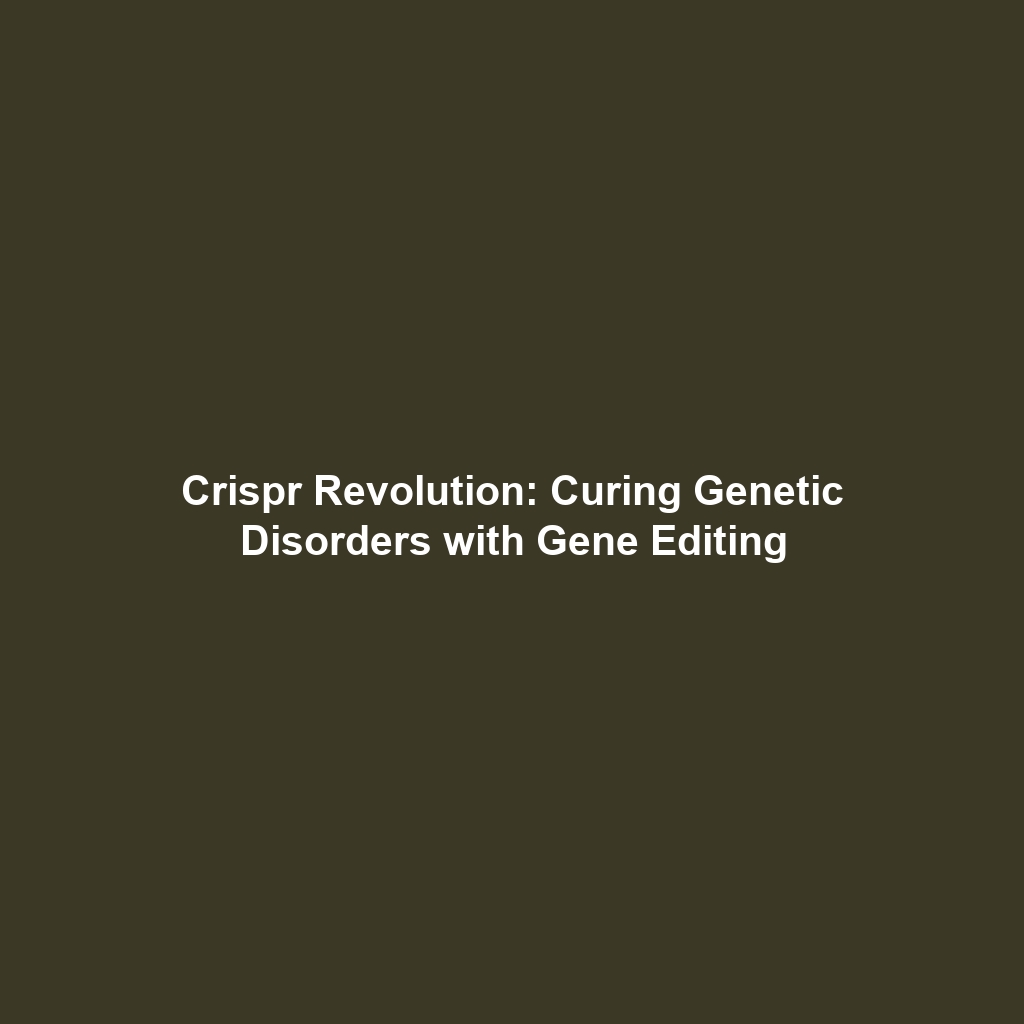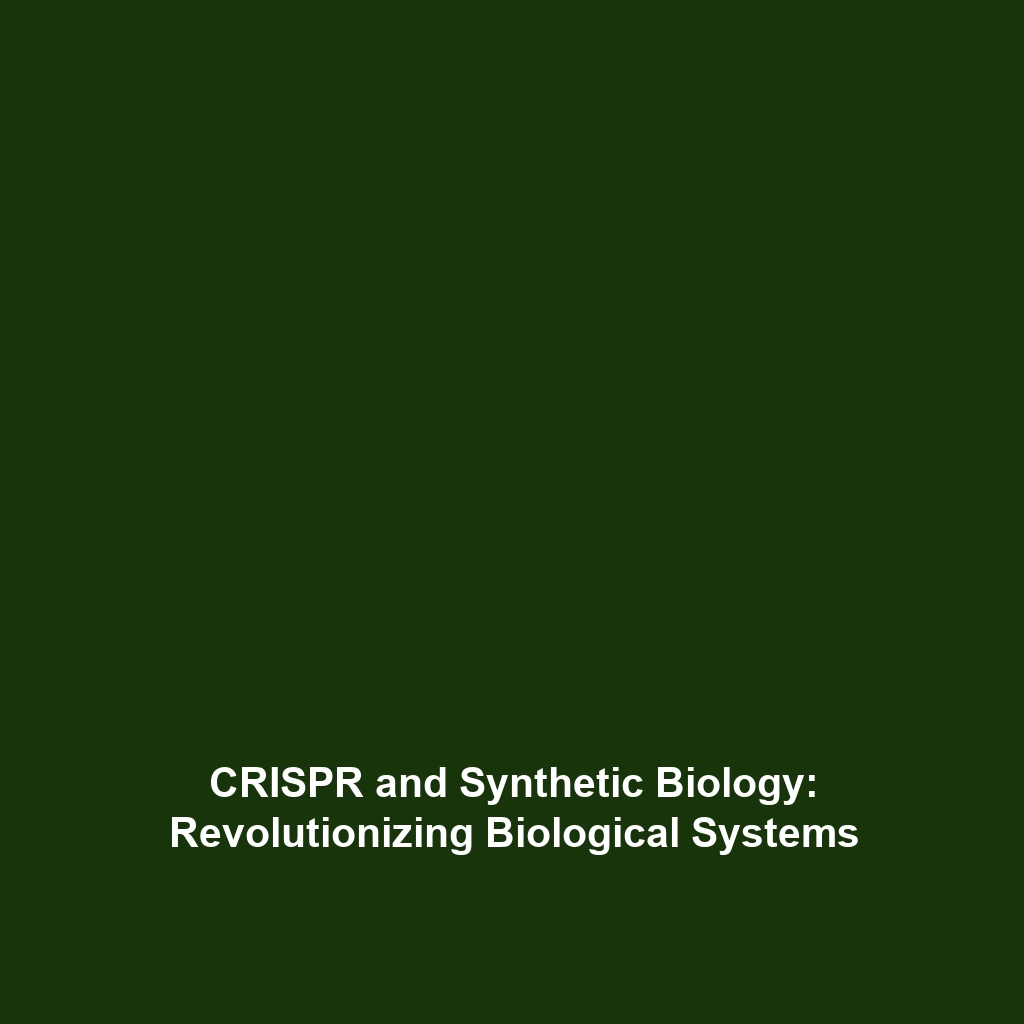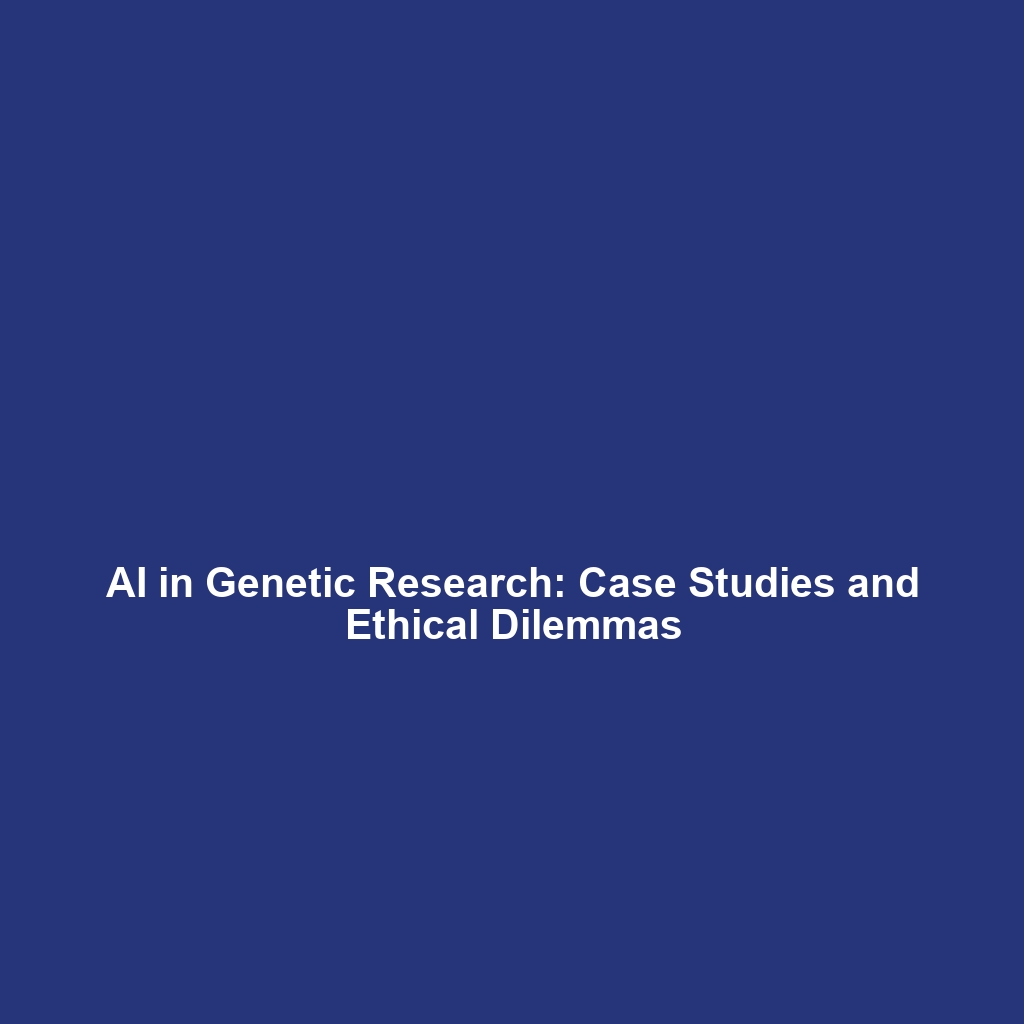CRISPR for Genetic Disorders: Treating and Potentially Curing Genetic Diseases
CRISPR gene editing has emerged as a revolutionary technology with the potential to treat and even cure genetic disorders. By offering precise modifications to the DNA sequence, CRISPR systems enable targeted interventions that were previously unattainable. This article explores the significant advances in CRISPR for genetic disorders and its broader implications within the field of CRISPR gene editing.
Key Concepts of CRISPR for Genetic Disorders
CRISPR, an acronym for Clustered Regularly Interspaced Short Palindromic Repeats, works in conjunction with the Cas9 enzyme to edit genes at specific locations in the genome. Here are some major concepts associated with CRISPR for treating genetic disorders:
- Gene Targeting: CRISPR allows for precise targeting of faulty genes causing genetic disorders, leading to potential cures.
- Genome Editing: Techniques such as gene insertion and deletion can correct mutations responsible for various diseases.
- Therapeutic Applications: The versatility of CRISPR enhances its suitability for a wide range of genetic conditions, including sickle cell anemia and cystic fibrosis.
Applications and Real-World Uses
Understanding how CRISPR for genetic disorders is used in conjunction with CRISPR gene editing can unveil the vast therapeutic potential of this technology. Here are some notable applications:
- Hemophilia Treatment: Researchers are experimenting with CRISPR to correct specific mutations in the F8 gene responsible for hemophilia.
- Muscular Dystrophy: Trials involving CRISPR are underway to tackle mutations that lead to Duchenne muscular dystrophy.
- Genetic Research Platforms: CRISPR is also utilized to create animal models that mimic human genetic disorders, aiding in research and drug development.
Current Challenges of CRISPR for Genetic Disorders
While CRISPR holds immense promise, there are several challenges associated with studying or applying it to genetic disorders:
- Off-Target Effects: There is a risk of CRISPR editing unintended parts of the genome, which can lead to harmful consequences.
- Ethical Implications: The potential for germline editing raises ethical concerns regarding ‘designer babies’ and unforeseen effects.
- Regulatory Hurdles: Navigating the complex regulatory landscape for gene therapies can slow the translation of research into clinical practice.
Future Research and Innovations
Looking ahead, the future of CRISPR for genetic disorders appears bright with several promising innovations:
- Base Editing: Techniques like base editing, which allow for even more precise genetic modifications without double-strand breaks, may provide safer alternatives.
- CRISPR-Cas12 and Cas13 Technologies: These next-generation CRISPR systems are being studied for their ability to target RNA, potentially treating diseases at the transcriptional level.
- Clinical Trials Expansion: Ongoing clinical trials will determine the efficacy and safety of CRISPR treatments across a broader spectrum of genetic disorders.
Conclusion
CRISPR for genetic disorders represents a monumental leap in the realm of biomedical sciences, bringing hope for curative therapies to those affected by genetic diseases. As research progresses, overcoming current challenges and embracing future innovations will be crucial for realizing the full potential of CRISPR gene editing. For more in-depth insights, explore our articles on future gene editing innovations and ethical issues in CRISPR research.









